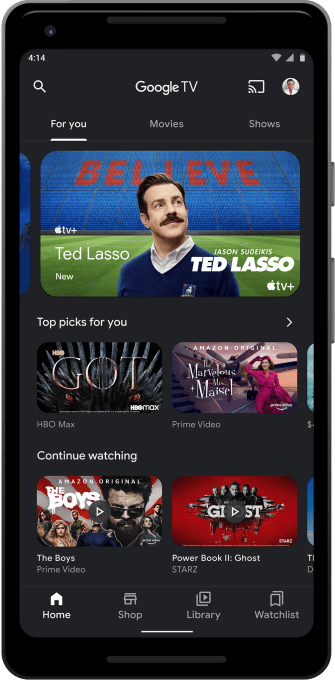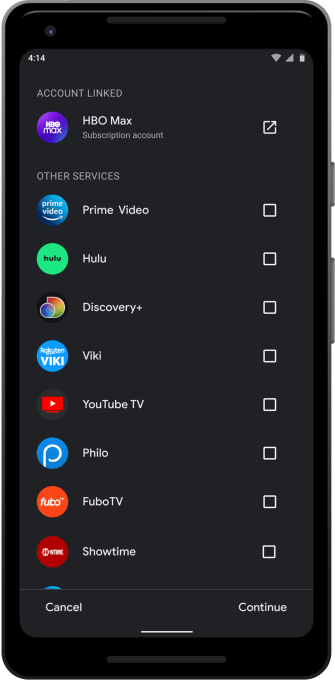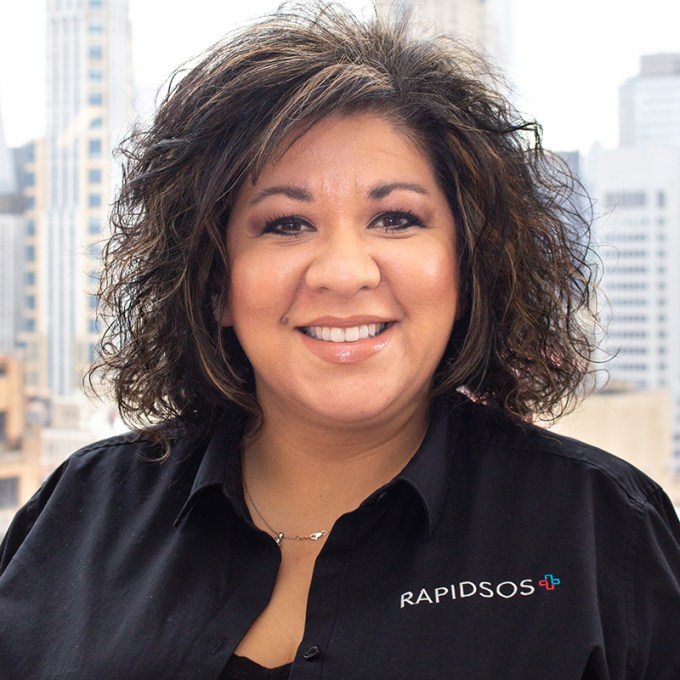News: Instagram now supports 60-second videos on Reels, its TikTok clone
Haven’t you heard that Instagram is no longer a photo-sharing app? Today, Instagram announced that users can now upload 60-second videos on Reels, the platform’s TikTok competitor. This update also adds functionality for a captions sticker on Reels, which transcribes audio to text. Instagram previously teased this sticker for Reels when they added it to
Haven’t you heard that Instagram is no longer a photo-sharing app? Today, Instagram announced that users can now upload 60-second videos on Reels, the platform’s TikTok competitor.
This update also adds functionality for a captions sticker on Reels, which transcribes audio to text. Instagram previously teased this sticker for Reels when they added it to Stories, making the platform more accessible for Deaf or hard of hearing users, as well as people who want to use the app without sound. Right now, the caption sticker is only available in a handful of English-speaking countries, but Instagram says they plan to expand to additional countries and languages soon. TikTok already has a similar feature.
Reels. up to 60 secs. starting today. pic.twitter.com/pKWIqtoXU2
— Instagram (@instagram) July 27, 2021
Previously, Instagram only supported Reels of up to 30 seconds, while TikTok recently made it possible for users to create videos up to three minutes long. Still, the ability to post 60-second reels is especially useful for creators who want to re-post their existing content from TikTok or other competitor apps to grow their following across multiple platforms. More creators are making a living on social media than ever, but with so many platforms available to them (even Pinterest is investing in short-form video), it’s smart to cross-post content. So, this feature benefits Instagram creators who also have a following on TikTok, but it makes sense for the platform itself as well — the more eyes on Reels, the better. Instagram’s algorithm doesn’t promote content with a TikTok watermark, but savvy users have figured out how to recycle their videos without it.
Currently, YouTube Shorts and Snapchat’s Spotlight also support videos of up to 60 seconds. In May, YouTube Shorts launched a $100 million creator fund to distribute among top Shorts creators over the course of 2021 and 2022; Snapchat distributed $1 million per day to viral Spotlight creators between its launch at the end of November through the end of 2020. Facebook and Instagram have also committed to investing in digital creators.
To access this feature, navigate to create a new Reel, then press the down button on the left side of the screen to reveal the menu. Tap “length” to toggle among options to create a 15-second, 30-second, or 60-second Reel. Not all creators have access to 60-second Reels just yet, but it should roll out to all users soon.






